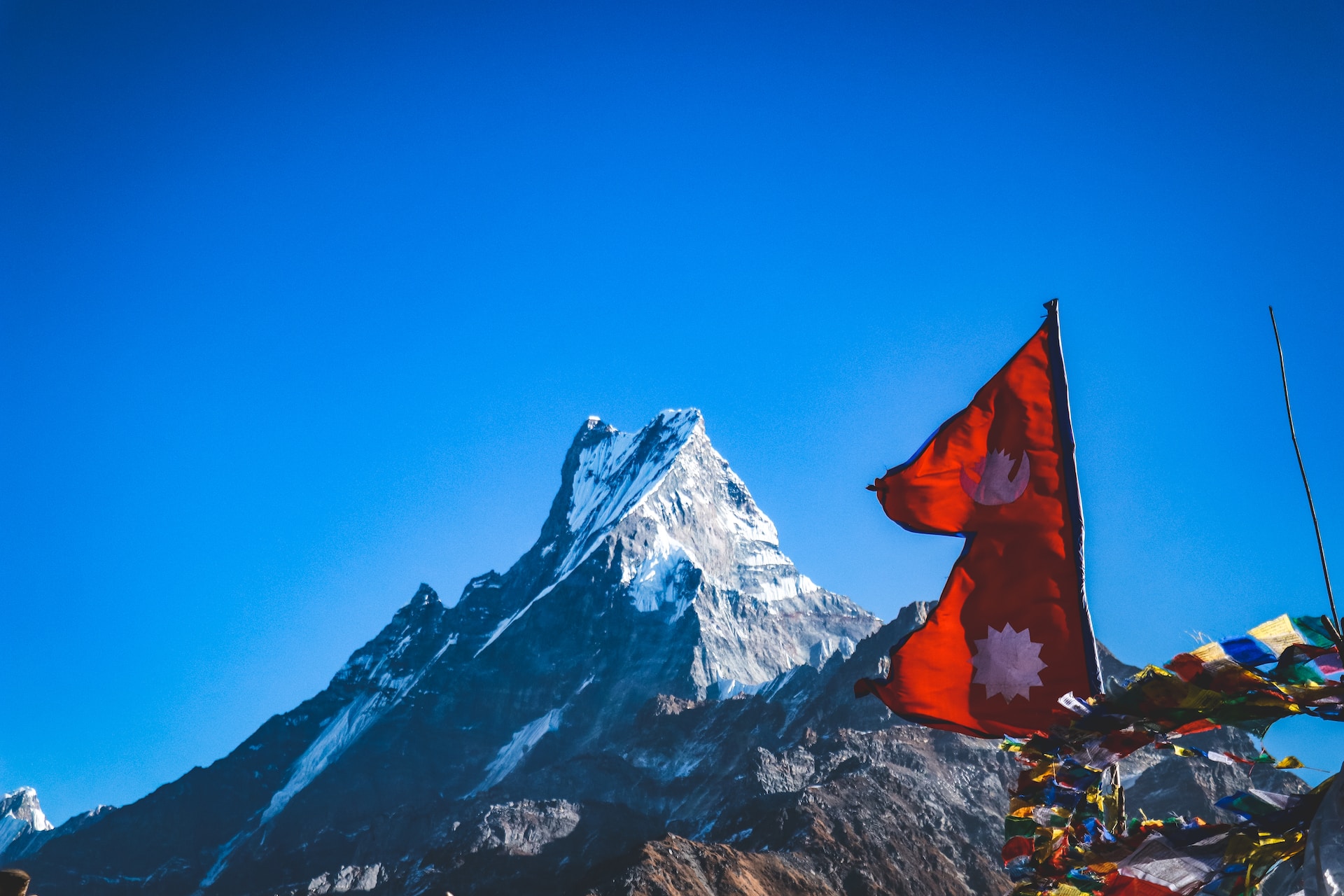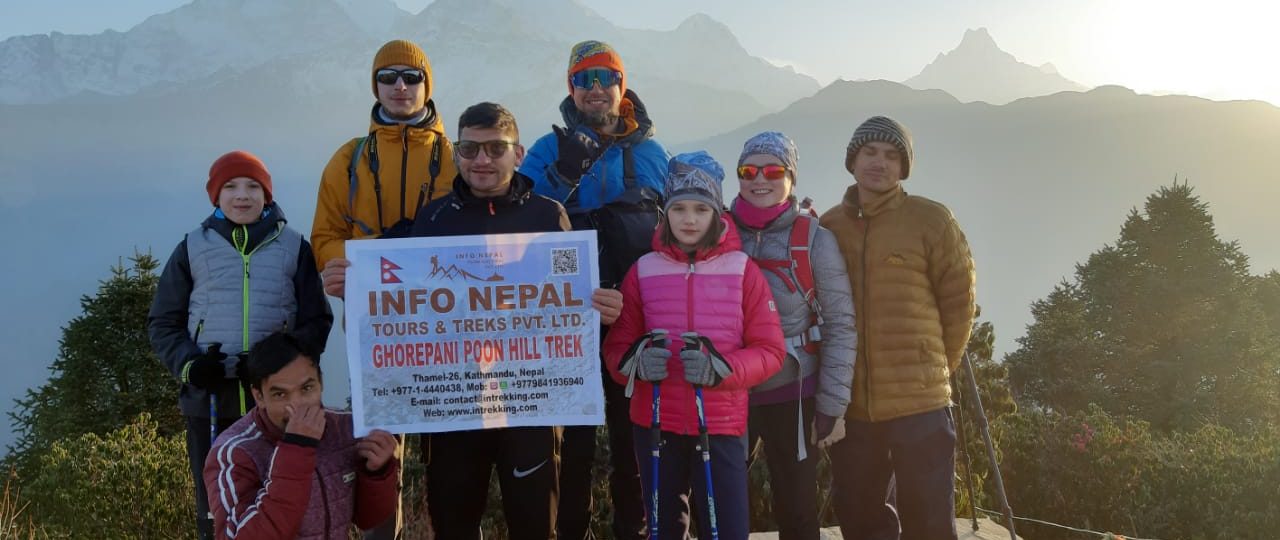
 Written By: Rajesh Neupane
Written By: Rajesh Neupane
When is the Best Time for Mardi Himal Trek?
Enquiry Form
Mardi Himal Trek is the most peaceful and quiet trekking region of Annapurna. This trek takes you to an altitude of 4500 m. This journey takes you to Annapurna Conservation Area, with diverse flora and fauna. Knowing the weather of the Annapurna Region is very important before planning the Mardi Himal Trek.
This trek lets you cherish the raw natural beauties like lakes and waterfalls. This serene and wild trekking trail passes through lush Rhododendron forests. The Gurung community will amaze you with its typical traditions and culture.
You can enjoy the panoramic sights of Mount Mardi, Annapurna Massif, Ganga Purna, Himchuli, Machhapuchhre, Manaslu, and Ganesh Himal. Mardi Himal is a mysterious mountain in the Annapurna Region with off-the-beaten trails.
Before any trek, the weather should be checked. The trekking would be more challenging if you didn’t do so. Learn about details of the weather of Mardi Himal throughout the year.
Spring Season (March-May)
Spring is the best time to trek Mardi Himal. The temperature is moderate, neither hot nor cold. The average temperature is 17 degrees. The days are warmer, and the nights are colder. March, April, and May cover the spring season.
The weather is just perfect for trekking. The trails are in the best condition. The flora and fauna come into new life. So, you will see blooming flowers and vegetation along the trail. It makes landscapes more beautiful. Rhododendron is the common flower you get to see throughout the journey.
You can see snow-capped mountains. The snow begins to melt. The clear sky provides a picturesque view. You can enjoy wildlife coming out to sunbathe. This makes your journey more cheerful.
It is very comfortable to trek in Spring. Many trekkers aim to trek in this season. So, trails are busy. You can also face queues and need more rooms for night stays. It’s better to pre book your accommodation.
Spring means longer days, so you get to explore more in sunlight. There is no chance of rainfall or snowfall. That’s why there are no obstructions in passes. You can enjoy your trek comfortably.
Autumn Season (September-November)
Autumn is another peak season for trekking. The weather is moderate and stable. September, October, and November are three months of Autumn. It is a bit chillier than Spring but tolerable.
It comes after the monsoon. The rain clears out the sky, making it perfect for views in Autumn. You can enjoy sunrise and sunset through majestic mountains every day. Your day starts and ends beautifully. Not to mention, your journey is also going to be grand.
The average temperature during the daytime is 20 degrees and -5 degrees at night.
Mornings and nights are colder, but days are warmer. Among the three months, October is the best month.
There is a minimum chance of rainfall in early September, and late November is colder. So, in between, you can trek anytime for perfect weather. This weather invites lots of trekkers.
The trails are busy. It is challenging to get a room at night. So, you should pre book it. It may be quite disturbing along the journey. But you get to make new friends.
Summer Season (June-August)
Summer is the worst time for trekking. It is the hottest season of the year with scorching sun. It is very uncomfortable to trek during summer; you will be all sweaty. The temperature ranges from 10 to 23 degrees during the day.
The temperature drops a bit during the night. It ranges from 5 to 10 degrees during the night. The landscapes are nice and beautiful, but the rain makes the journey challenging. It rains almost every day, mainly in July.
The trails are muddy and slippery because of continuous rainfall. I never dry out. There is a high risk of injury from slipping. You can see leeches and mosquitoes that will make your journey more uncomfortable.
Many trekkers avoid this season. It is not crowded. So, no disturbance, but we don’t recommend this season. You can get discounts on night stays. But flights may get cancelled due to rain, and landslides are highly likely.
Winter Season (December-February)
Winter is very cold. It could be more favourable for trekking. December, January, and February are the months of Winter. The morning and night are extremely cold. Days are a bit warmer if the sun shines. Or else the weather remains gloomy and cloudy all day.
The snowfall makes the weather more freezing. This harsh weather is unbearable. You can view a winter wonderland, but it comes at a price. There is a high chance of an avalanche, a risk to your life.
The temperature during Winter ranges from 9 to 12 degrees in the daytime. At night, the temperature drops up to -5 degrees. The trails are covered with snow and very slippery.
It is not recommended to trek in this season. Your backpack is very complicated, including snow boots and insulating jackets. The tails are not busy due to its harsh weather.
Frequently Asked Questions
What are the best seasons for Mardi Himal Trek?
- Autumn and Spring are the best seasons for Mardi Himal Trek.
How is Mardi Himal Trek?
- Mardi Himal Trek is easy to moderate.
Are permits required for the Mardi Himal Trek?
- Yes, permits are mandatory. Annapurna Conservation Area Permit and TIMS card are two permits required for the Mardi Himal Trek.
Where is Mardi Himal located?
- Mardi Himal is located in Kaski of Gandaki.
Conclusion
Therefore, you can trek Mardi Himal if you are a peace lover. The trails are not busy even in peak seasons. You can choose the season you want for trekking. But Spring and Autumn are most recommended if you want a comfortable trek.
Trekking in summer and Winter is very risky. Still, if you want adventure, you can go for it. Start your planning with the weather information of Mardi Himal.